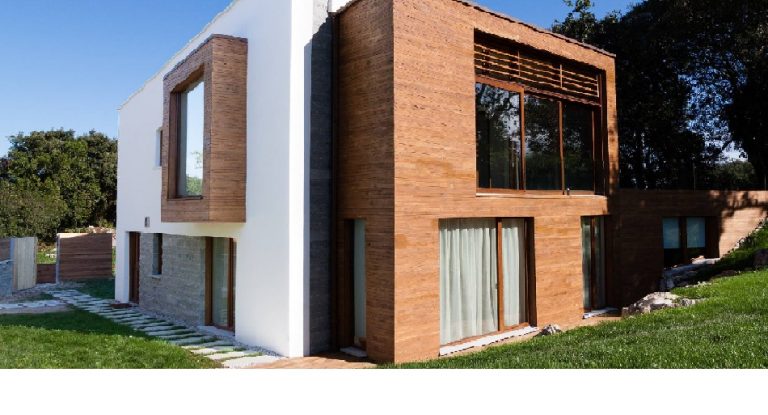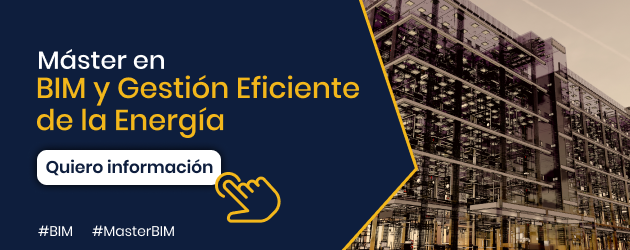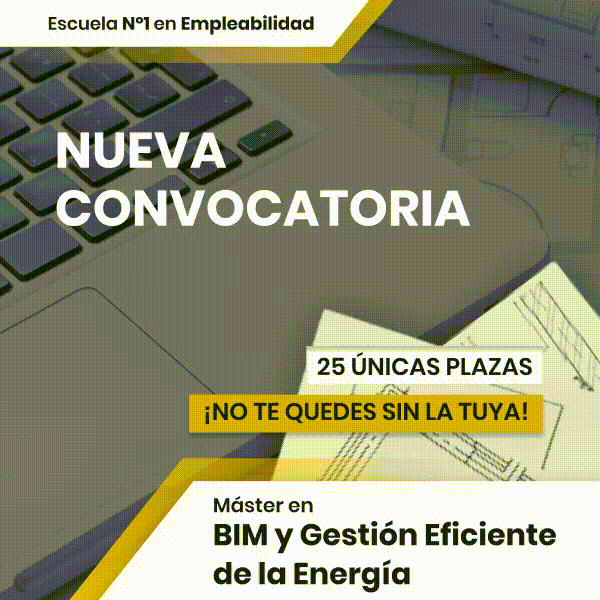The ECCN building construction It will be mandatory for public buildings this year 2018 and will be mandatory from 2020 for all newly built buildings. The construction sector is immersed in a process of adaptation to these changes and surely, the regulations in force in Spain, the CTE (Technical Building Code) must adapt and reinforce its demands regarding the construction requirements focused on a greater energy efficiency.
Currently it is very common to add the following adjectives to buildings:
- Passive Building
- Passive House Building
- Almost zero consumption building: ECCN and nZEB (Nearly Zero Energy Buildings)
Are you clear about what each of them means?
What is a passive house?
A passive house It is a house that take advantage of bioclimatic resources (orientation, sunlight, etc.) and combines them with a construction model that achieves greater energy efficiency than traditional homes.
They are houses that are characterized by low energy demand and high interior comfort. These types of constructions take into account from the moment they design the place where they are going to be built to adapt the home to the climatic zone and orientation and try to minimize the environmental impact of the home.
What is a Passivhaus House?
A Passivhaus house, which is a house built under the Passivhaus standard [It emerged in Germany in the 90s and was developed by the Passive House Institute (PHI)] . This is a construction standard that establishes a series of construction criteria such that the result is a house that achieves reduce heating and cooling needs by 75%.
Building according to the Passivhaus standard requires basing yourself on these 5 basic principles that we show you in summary: Excellent thermal insulation, high quality windows and doors, absence of thermal bridges, air tightness and mechanical ventilation with heat recovery.
We could say that the Passivhaus house goes beyond construction based on the use of bioclimatic resources and the use of passive systems to achieve more energy efficiency and comfort. The Passivhaus is a construction model in itself that seeks that energy efficiency and takes it to its maximum exponent.
What is a nearly zero energy building?
The almost zero energy buildings, ECCN and nZEB (Nearly Zero Energy Buildings) is a concept that emerged to increase energy efficiency in buildings and is included in the European Directive on the energy efficiency of buildings (10/31/EU).
To know more:
https://blog.caloryfrio.com/casas-pasivas-estandar-passivhaus-y-edificios-eccn/

































